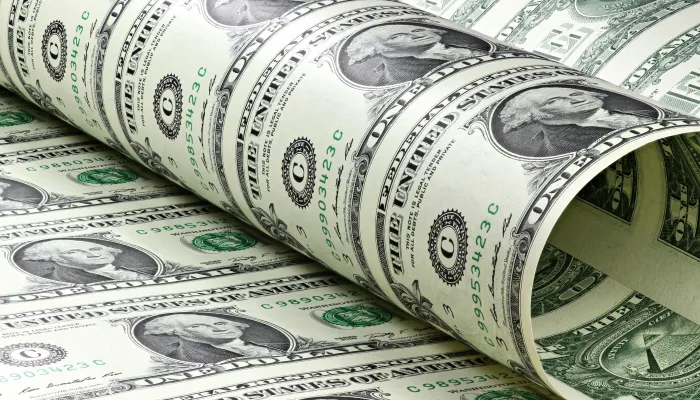Where the Treasury Stands with GM, Chrysler, and AIG
GM has been getting some prominent press coverage over the past few days, following their repayment of $4.7 billion to the Treasury on Tuesday. The company is claiming that it has repaid the government in full and years ahead of schedule, and has even begun running TV commercials with the CEO saying so. Well, yes, technically GM does not owe the government any more money, but this isn't the full story.
Over the course of six months between December 2008 and June 2009, the U.S. government invested about $51 billion in GM alone through the TARP. Since then, the government has converted about $43 billion of these holdings into a 61 percent ownership stake in the company (and basically wrote off another $1 billion as a loss to Old GM), with New GM having now completed repaying the Treasury the remaining $6.7 billion. The Treasury still holds this ownserhip stake, and these holdings can only be reduced through public sales of GM stock, which are not expected to begin until at least the fourth quarter of this year.
Chrysler also presents a similar story. Between January and June of last year, the Treasury invested about $17 billion in Chrysler and has since "fully" repayed the government about $2 billion, excluding the rest of the government's investment which was converted into a 10 percent equity stake.
First quarter reports show that although the two companies are still realizing losses, they are on much sounder footing compared to a year ago and are expected to potentially break even or earn small profits this year. Regardless of whether these companies have repaid everything "in full," they have been improving -- which will be good for the U.S. taxpayer when the Treasury decides to begin selling its shares. After all is said and done in the automaker bailouts, CBO expects that rescuing GM and Chrysler will have cost about $47 billion.
Also, in related TARP developments, the U.S. is reportedly considering selling its shares of AIG over a two-year period. In late 2008 and early 2009, the Treasury invested nearly $70 billion in AIG, actions that CBO estimate will end up costing the government about $9 billion.
CRFB tracks all of the Treasury's investments through TARP, among other programs, on Stimulus.org.


